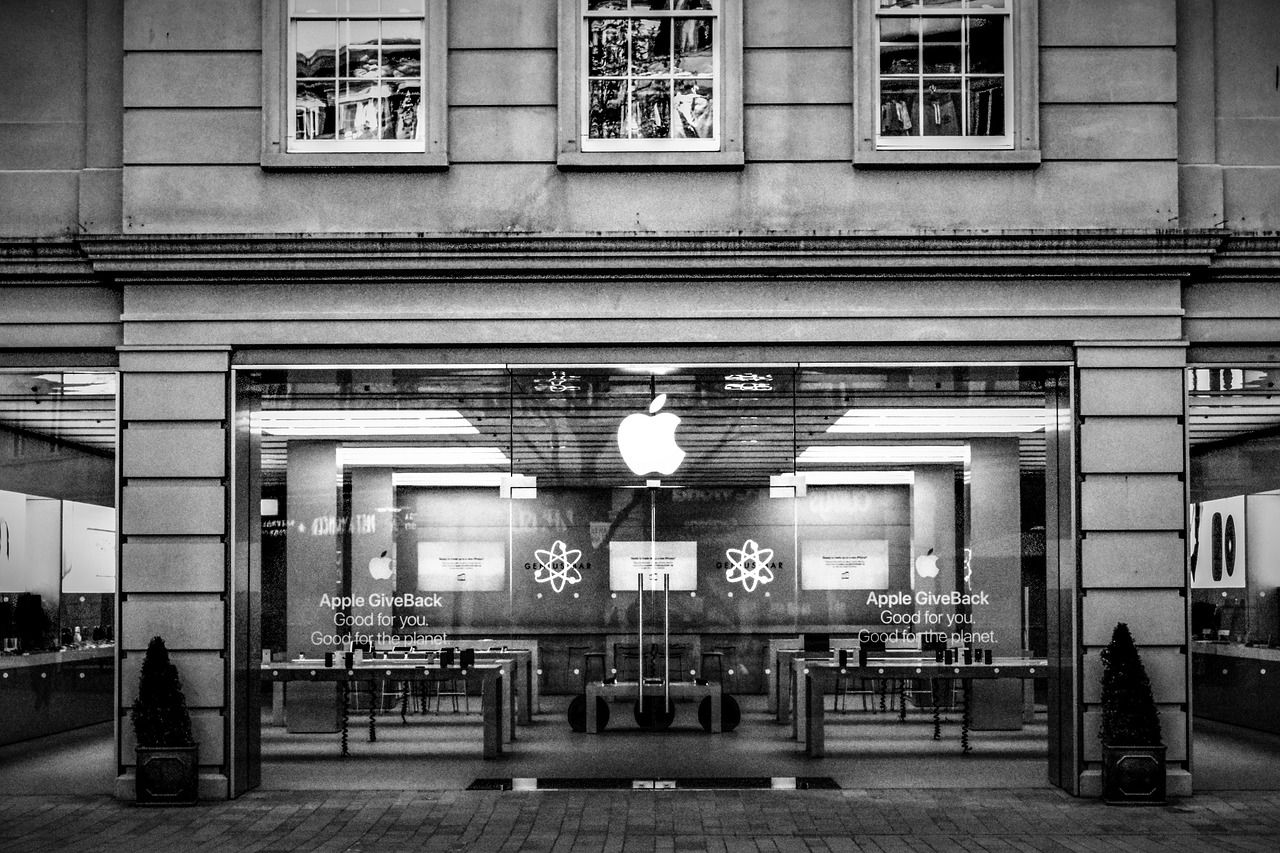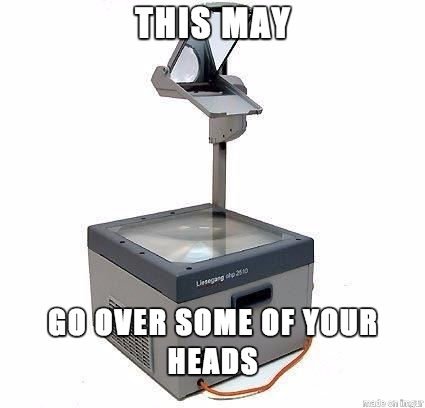Transparency

Transparency is the idea that information should be open, accessible, and available to the public. It is most often associated with “the right to know,” or “the right to disclosure,” which are phrases that gained popularity in the 1950s and 60s at approximately the same time as the development of the FOIA (Freedom of Information Act) request during the Johnson administration. Above all, transparency is a metaphor. The idea that transparency is desirable coincides with the development of glass architectural technologies and the ability to literally ‘see through’ our surroundings. Applied to information and communication, transparency represents a desire to know and a desire to see which can facilitate greater justice, privacy, and surveillance.
Paired Reading
John Thompson, "The New Visibility"
Transparency in Communication
The communicative ideal of transparency has been explained as a late-blooming effect of the modernist aesthetic and architectural movement. Media historian Lewis Mumford describes the mass production of glass, originally an Egyptian invention, as a landmark event in how perceived their surrounding reality:
As early as 1300 pure colorless glass was made in Murano: a fact that is established by a law imposing a heavy punishment upon the utilization of ordinary glass for eyeglasses. In losing color and ceasing to serve as picture [e.g. a stained glass window] --the function it had occupied in medieval church decoration-and in letting in, instead, the forms and colors of the outside world, glass served also as a symbol of the double process of naturalism and abstraction which had begun to i characterize the thought of Europe. More than that: it furthered this process. Glass helped put the world in a frame: it made it possible to see certain elements of reality more clearly: and it focused attention on a sharply defined field-namely, that which was bounded by the frame.
According to Mark McQuire, the mass production of glass and steel in the 2oth century facilitating the creation not only of skyscrapers but the ideal of visible interiority in architecture. This idea, transposed into the abstract context of communication, is a key historical antecedent to contemporary understandings and resonances of transparency.

The frequent use of "transparency" to describe a state of informational or organizational openness, for instance, is a late 20th-century addition to our public vocabulary. Before "transparency" was described as the simple opposite of secrecy, the more popular term was "disclosure." For example, this word appears as the title of Edwin Black's famous essay "Secrecy and Disclosure as Rhetorical Forms."
The rise of transparency as a democratic ideal is a 20th-century historical development that abides in concerns about the representativeness of American institutions, officials, and discourse. Indeed, “the term ‘transparency’ was not in common use” during the crucial decades that produced the Freedom of Information Act of 1966, the Federal Elections Campaign Acts of 1971 and 1974, or the Inspectors General Act of 1978. Rather than demanding transparency, activists demanded disclosure, openness, and the right to know, giving rise to extra-legislative “self-surveillant bodies” that have introduced a new dimension of representation to public and political life. According to Michael Schudson in The Rise of the Right to Know, the decades from 1945 through 1975 saw the emergence of what has alternately been termed “counter-democracy” and “monitory democracy,” both of which describe modes of self-governance that represent the public interest primarily through watchdog organizations, political appointees, and individual activists:
In retrospect, the common understanding of ‘representative democracy’ accepted that the representation of voters in elected legislatures was the whole of representation or at least its essence. But modern democracies have various modes of representation and, especially after 1945, have added new mechanisms of representation that allow continuous, rather than episodic, representation; popularly generated rather than party-controlled representation; and many platforms for entrepreneurial democratic action. Democracies today are not ‘post-representative’ -- they are more representative than ever. They are not even post-legislative; they still depend on legislatures, but the legislatures are cinched into a system where they operate with respect to competing and constraining representative forms.
Exercised from outside of the typical channels of power, monitory democracy manifests in pro-transparency demands that echo across civil society organizations (such as think tanks, NGOs, and government watchdogs), judicial litigation, and the testimony of whistle-blowers and individual activists.
Even if transparency-demanding institutions have multiplied since 1975, there are reasons to be skeptical that transparency is a uniquely American or democratic ideal, first on grounds of constitutional backing. Schudson notes that although “[v]isibility and disclosure have become part of our lives, expectations, and instincts,” there is “no right to know in the Constitution” and “[t]he term ‘right to know’ did not appear in any Supreme Court opinion or even in popular rhetoric until 1945.” Multiple and competing interpretations of constituent interests also challenge the idea that a political representative can transparently represent their constituency’s popular will.
Often transparency, publicity, and open government offer a cluster of similar ideals that express optimism for a narrative of social transformation. The conventional understanding that valorizes transparency understands it as a vehicle to achieve a more just, more representative government. In "Transparency in Search of a Theory," Mark Fenster recounts this narrative as a presumptive slippery slope of civic awakening:
Citizens are ignorant of state action; their ignorance impedes their ability to participate rationally in the democratic process; the disclosure of state information enables citizens to act collectively as a polis that is capable of deliberative, reasoned action; this action in turn will hold the state responsible for its actions; and thus transparency insures that the state is truly representative of the public’s beliefs, preferences, and interests. The state that is made visible proves to be more truly democratic, as well as more accountable and efficient. Transparency enables – and, indeed, forces – this virtuous chain of events.
In communication scholarship and research, transparency typically assumes one of several forms: a measure of efficient organizational communication, a critical imperative to unmask and bring to light, or an official-institutional discourse that subjects individuals to practices of denuding and self-exposure.
As a measure of efficient communication in organizations, transparency is often situated as a practical goal for large and interdependent networks. In large team science, transparency, “the ability of any given team member to monitor all aspects of the team’s operations,” is simply more difficult if all nodes in a communication network are of equivalent rank or can communicate simultaneously with all other team members/network nodes. Transparent communication in large team science, for example, calls for “a modular management strategy, which is effected by a hierarchical distinction between team members.” Increasing organizational transparency paradoxically demands instituting a leadership hierarchy through which information can be assessed before dissemination. Placed in these terms, transparency is a desirable goal. Although no organization is truly free from the risk of having its secrets stolen, “[transparent] organizations are not as easily susceptible to obstruction, deception, falsification, and fabrication because those organizations usually have recourse to multiple communication channels and legal protections.”
Updates to this entry, coming soon:
- Transparency in Science and Peer Review
- Cinema, voyeurism, and the view from nowhere
- The rhetoric of objectivist transparency.
Transparency's Double Edge
Transparency is often described as the simple opposite of secrecy or opacity, both of which describe the quality of information being hidden or concealed. Often secrecy is considered a “bad” thing universally. I think we need to nuance this position: it matters who or what is being secretive, and the power exercised by that person or group. For instance, when you pass through a body scanner, your transparency is being demanded of you in the sense that you are sacrificing some element of privacy. That kind of transparency is surveillance. If a group of journalists or activists demands transparency from the government due to credible allegations that human rights are being violated, that kind of transparency is sous-veillance, a ‘look back’ at the organs of power. I think that is important to understand how secrets and transparency are persuasive and encourage us to act in different ways.
- Sometimes transparency can be a form of secrecy carried out by other means. When there is a “document dump” or a “treasure trove” of information, the magnitude of that information sometimes acts as a barrier to transparency. In other words, sometimes people can appeal to transparency while doing the exact opposite.
- The appeal to transparency can also be a way of undoing the protections of anonymity, in which secrecy acts as a protective mechanism for subordinates against a larger institution or powerful individual. This happened, for instance, with whistleblowers Reality Winner and Natalie Mayflower Edwards. When transparency is the appeal to denude, expose, or forcibly transgress boundaries, it can be unjust. The appeal to transparency can sometimes be anti-democratic because it protects the powerful against their subordinates, giving the people who have the most access to information the greatest ability to make decisions about it.
Transparency and openness in governance are desirable goals. It is also important to pay attention to the routine or predictable effects of transparency when it is used as strategic rhetoric, a way of performing openness while keeping things opaque. When used on behalf of the powerless to shine a light on the powerful, transparency may become transparency activism, the strategic and systematic use of transparency toward a specific political or public goal. I think it is very important to define which public is being served by the act of transparency activism, and how. Transparency activism can be synonymous with experts in FOIA requests, like the work done by journalists Nate Jones, Jason Leopold, or activists like Emma Best, Emily Gorcenski, and Talia Lavin. Having read about WikiLeaks and its founder, Julian Assange, the question is whether he or his organization fit this description. The authors of the document you were assigned read before this class say “no”. By releasing sensitive documents about Guantanamo Bay, wealthy banks, political corruption, the American military, the State Department, and the CIA (there is a longer list) Assange was more trying to throw a wrench in the gears than to throw sunlight on a problem.
Additional Resources
Academic Articles
- Mike Ananny and Kate Crawford, "Seeing Without Knowing: Limitations of the Transparency Ideal and its Application to Algorithmic Accountability"
- Claire Birchall, "Radical Transparency"
- Michael Schudson, The Rise of the Right to Know: Politics and the Culture of Transparency 1945-1975
- Hamilton Bean and Ronald J. Buikema, "Deconstituting al-Qa’ida: CCO Theory and the Decline and Dissolution of Hidden Organizations"
About WikiLeaks
- Jonathan Zittrain and Molly Sauter, "Everything You Need to Know About WikiLeaks" MIT Technology Review December 9, 2010.
- Atilla Hallsby, "Psychoanalysis Against WikiLeaks: Resisting the Demand for Transparency"
To Cite This Page
- Atilla Hallsby (2022), "Transparency" in The UnTextbook of Rhetorical Theory: The Rhetoric of Secrecy and Surveillance. https://the-un-textbook.ghost.io/secrecy-and-surveillance-transparency/. Last Accessed (Day Month Year).